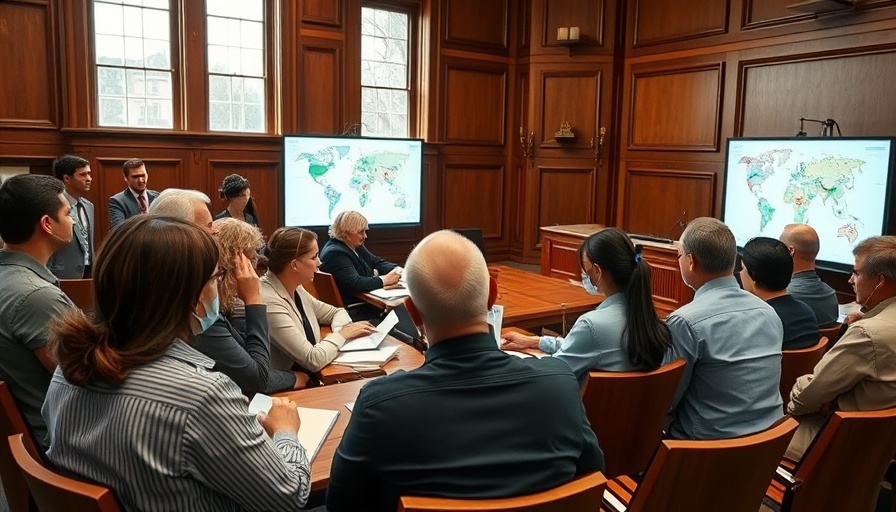
Understanding Texas' Proposed Congressional Map: A Complex Issue
The Texas House recently conducted what has been described as the only hearing on the proposed congressional map for the upcoming elections. This process is crucial as it will determine the political landscape of Texas for the next decade. Map-making in Texas can significantly influence political power dynamics, affecting representation at both the state and national levels.
The Significance of Redistricting in Texas
Redistricting is a process that occurs every ten years, following the census, to adjust political boundaries. In Texas, this process can lead to significant changes in representation, especially as the state has gained political power with new congressional seats. The importance of this hearing cannot be understated; it serves as a platform for voices from various sectors, including community leaders, activists, and ordinary citizens, to express their views on how they should be represented.
Anticipation and Backlash from Various Communities
The proposed congressional map has garnered attention, not just for its potential to shape the political climate but also for the communities it impacts directly. Many individuals, especially those living in rapidly growing areas like Frisco and Dallas, have begun to scrutinize the proposal meticulously. Concerns have been raised about whether the map adequately reflects the diversity and demographic changes within these communities.
Dallas, with its rich tapestry of cultures and backgrounds, faces unique challenges in the redistricting process. Some community members feel that their interests could be overshadowed in favor of more populous suburbs. The voices of local residents are vital to shaping a congressional map that accurately represents their needs and aspirations.
Counterarguments: Supporters of the Map
On the flip side, supporters of the map argue that it has been crafted with fairness in mind and aims to maintain competitive districts. They believe that the new districts could enhance political engagement by creating more competitive races, potentially increasing voter turnout. It’s essential to balance this enthusiasm with transparency and accountability to ensure that every community's voice is heard.
Looking Ahead: Future Implications
As we approach the final decision on the congressional map, the implications for future elections are considerable. Analysts suggest that the districts outlined will not only impact legislative outcomes but also influence local policies affecting education, healthcare, and economic development. The focus thus shifts toward ensuring that the voices of communities are prioritized in the final mapping.
Engagement and Action: How You Can Make an Impact
Residents are encouraged to stay informed about the proceedings related to the proposed map. Engaging with local advocacy groups, attending hearings, and participating in discussions is crucial for making your voice heard. As the debate continues, it’s imperative for everyone, especially those in areas like Dallas and Frisco, where changes can be most impactful, to share their perspectives. This is not just a political issue; it affects the everyday lives of residents.
Conclusion
The proposed congressional map presents a significant opportunity for residents of Texas to reflect on their representation. As this process unfolds, it's vital for local communities to engage actively, ensuring that their voices are included in shaping the political future. Stay connected with local news in Dallas for updates on this evolving story, and consider how you might participate in the conversation surrounding redistricting.
 Add Element
Add Element  Add Row
Add Row 



Write A Comment